Black Beauty by Anna Sewell
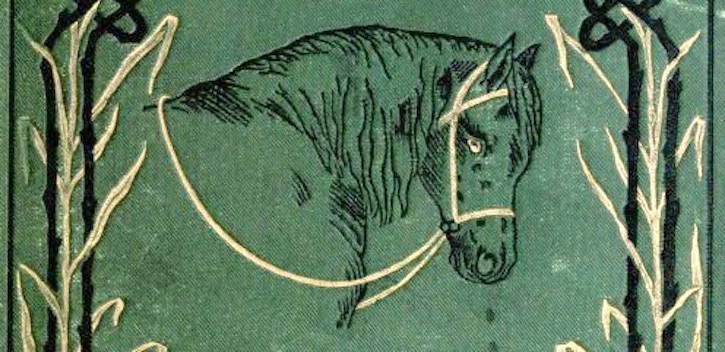
Now I say that with cruelty and oppression it is everybody’s business to interfere when they see it.
Black Beauty, page 74
I knew next to nothing about Black Beauty before I started reading it, and it was very different than I expected. My previous experience with equine stories has been through movies like Secretariat, The Black Stallion, and Hidalgo, so I was expecting a story about a colt who beats all odds to become a great racehorse. If my Kindle edition would have included the original title, I would have had a much better idea of what to expect. The full title from the first edition is Black Beauty: His Grooms and Companions – The Autobiography of a Horse. And that’s exactly what it is. Written in 1877, Black Beauty is a first-person account of life as a horse in Victorian England.
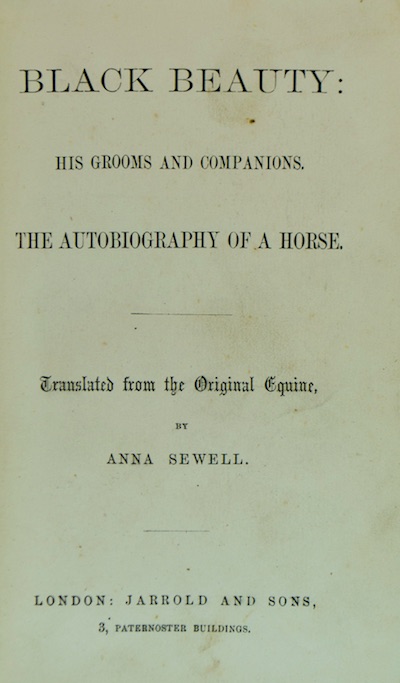
Title Page, first edition of Black Beauty, 1877
Black Beauty tells his own story about growing up on a farm in rural England and eventually working as a cab horse in London. The chapters are short, and in each one the horse tells about a significant event from his life that illustrates some moral principle about kindness or treating horses fairly. As Black Beauty is sold from one owner to the next, the reader experiences a cross section of life in England in the late 19th century, and author Anna Sewell uses this to criticize social evils such as heavy drinking, animal cruelty, and unfair labor practices.
Black Beauty himself is a humble, hard-working, honest creature, that I came to like more and more as I read his story. The novel is also filled with a memorable cast of supporting characters, both human and equine: the ill-treated mare Ginger, Squire Gordon, Joe Greene, Farmer Thoroughgood, and many more.
Black Beauty is a perfect novel to read to children. Its chapters are short enough to be read in ten minutes or so, and it’s filled with wonderful details about life in Victorian England. And not only does it naturally spark discussions about moral principles like kindness and honesty, but it could also lead to conversations about deeper social justice issues like fair pay and business ethics.
It’s a charming novel, and it’s no wonder it’s been so popular since it was first published. I was surprised to learn that Black Beauty is one of the top thirty best-selling books of all time in the English language, selling over 50 million copies–more than The Odyssey, To Kill a Mockingbird, Pride and Prejudice, and Gone with the Wind. If you missed reading this as a child, as I did, pick up a copy and let Black Beauty tell you his story.
Black Beauty by Anna Sewell
First edition London: Jarrold and Sons, 1877
Kindle edition Open Road Media, 2014
Print length: 198 pages




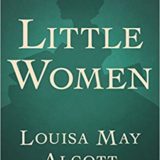

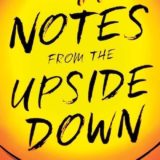
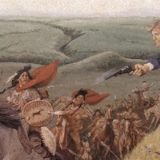





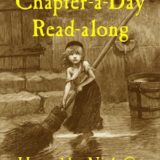
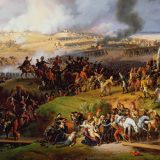



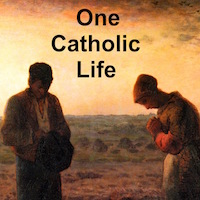
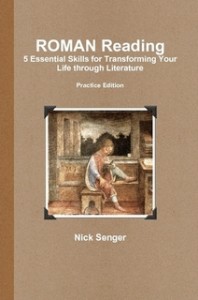

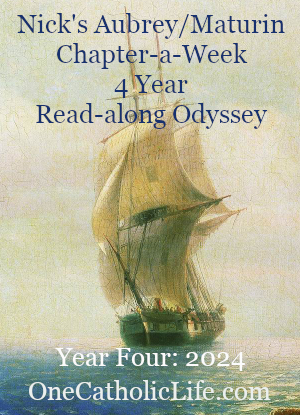
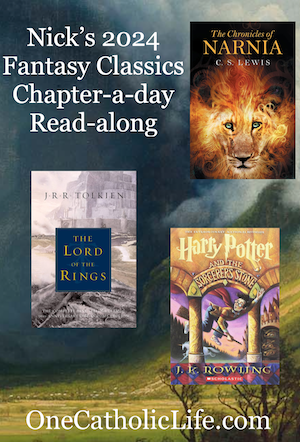

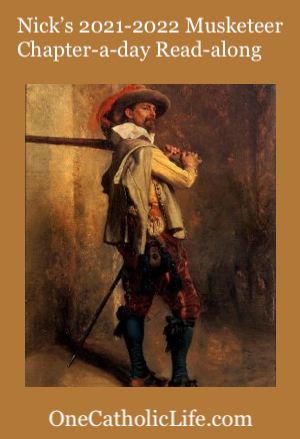
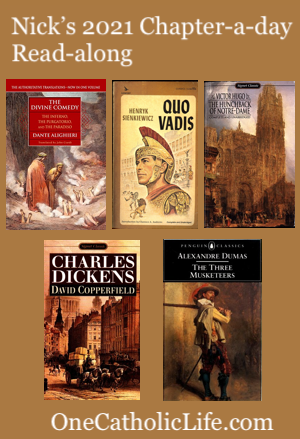

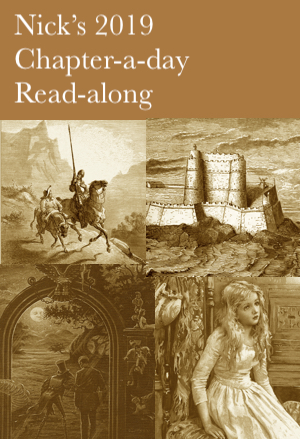
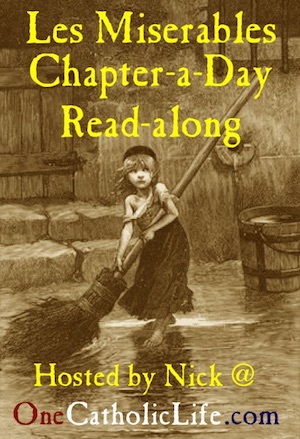



Black Beauty is probably a book I will appreciate more as an adult. As a kid, all I wanted were those triumphant horse stories. Black Beauty was too quiet for me, too Victorian, and probably too real. Now, that sounds quite perfect.
Yes, that’s a great way to describe Black Beauty! I’m not usually a fan of books about horses, but I loved the Victorian setting. I should have mentioned in my review another great book with a horse as the narrator: Traveller by Richard Adams, author of Watership Down. Adams, who passed away this last Christmas Eve, was very good at creating believable animals characters. His are not kids’ books, but sophisticated novels with animals as protagonists. Traveller is Robert E. Lee’s horse, and he tells his own story of what the American Civil War was like from his perspective. It’s a brilliant piece of historical fiction, with meticulous research into both horse behavior and the Civil War.
I’ve not read this one since I was a child so a re read would be great as I loved it. There was a Black Beauty retelling published last year which was really interesting too. Thanks for linking up to the British Books Challenge